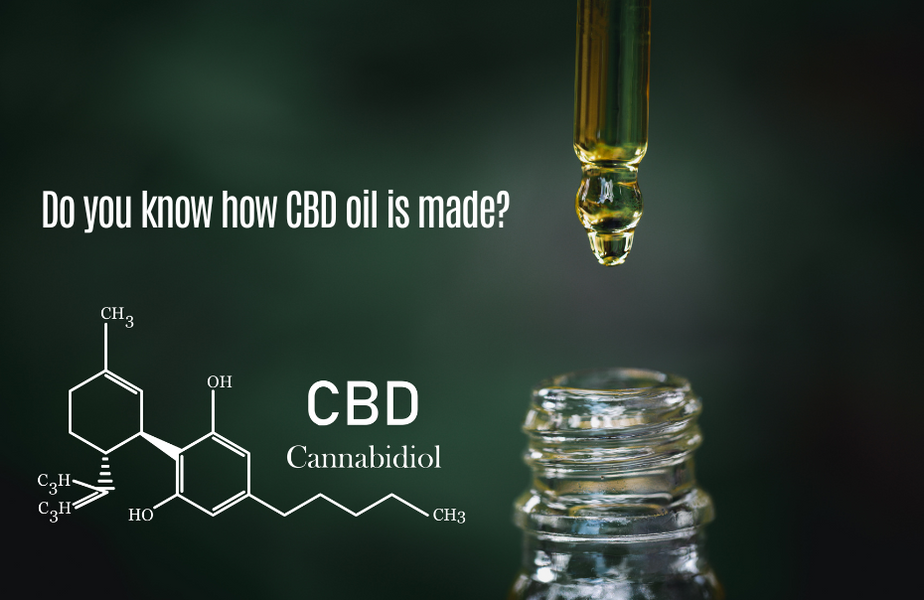The origin of CBD oil and all products made with this cannabinoid is hemp. This plant material must undergo a process that includes several crucial phases, and the quality of the final product depends on how each of these phases is carried out. Therefore, it is essential to ensure that the manufacturing company is reliable and guarantees the purity, safety, and effectiveness of the product.
Firstly, it is necessary for hemp to be cultivated naturally to be free of pesticides and heavy metals. Only by using the best raw material is it possible to create high-quality CBD oils.
Once harvested, the oil-making process begins, which could be summarized in six key phases ranging from milling to bottling, concluding with the last stage, perhaps the most crucial, which consists of conducting tests and analyses to verify that the product meets all required standards.
In this first phase, the plant material to be ground to extract CBD is sorted. During selection, priority is given to the mature flowers of the plant because they contain the highest concentration of CBD. Once the larger parts of the plant are discarded, the flowers and small stems are placed in a mill and finely ground for extraction.
To extract oil from the ground plant material, machinery and conditions are required to separate the various chemical compounds present in hemp. CO2 is used for this purpose, which, under supercritical conditions, acquires characteristics of both a gas and a liquid. This solution permeates the ground material, extracting the fundamental chemical compounds. The result is a black sludge, which must undergo a decarboxylation phase to transform it into the desired product.
This black sludge contains an inactive version of CBD, called CBDA, which does not have the ability to interact with the body in the same way as CBD because it contains an additional carboxyl group that needs to be removed. Decarboxylation can be done by heating the sludge in an oven or through a chemical process.
After decarboxylation, it is necessary to distill the mixture to separate the large number of compounds obtained. This phase is carried out by carefully heating and condensing it to select only those that are needed.
During this stage, other specific cannabinoids such as CBG, CBN, and CBC can also be isolated for use in certain products.
After this stage, the resulting full-spectrum extract is practically ready, but it will still need to be filtered under sterile conditions, away from the production area, to remove any microbes that may have survived the previous stages and to give it the required level of purity.
During filtration, the desired carrier oil is incorporated into the CBD extract, which can be olive oil, hemp seed oil, black cumin oil, or any other chosen oil.
The bottling stage is crucial for maintaining the integrity of the CBD oil. It must be ensured that the ratio between the carrier oil and the CBD extract matches the desired concentration, which will then be offered to the consumer. At this stage, products must be properly labeled, identifying the batch number and expiration date, so that customers can verify the exact content of the product they have chosen.
Through the testing and analysis phase, the purity, integrity, and content of not only CBD but also other cannabinoids present, including THC, are verified, ensuring that the traces of this cannabinoid are exactly within the limits allowed by law. This stage is carried out by a specialized group of experts who are not part of the group that carried out the previous stages.
 US Dollars
US Dollars


